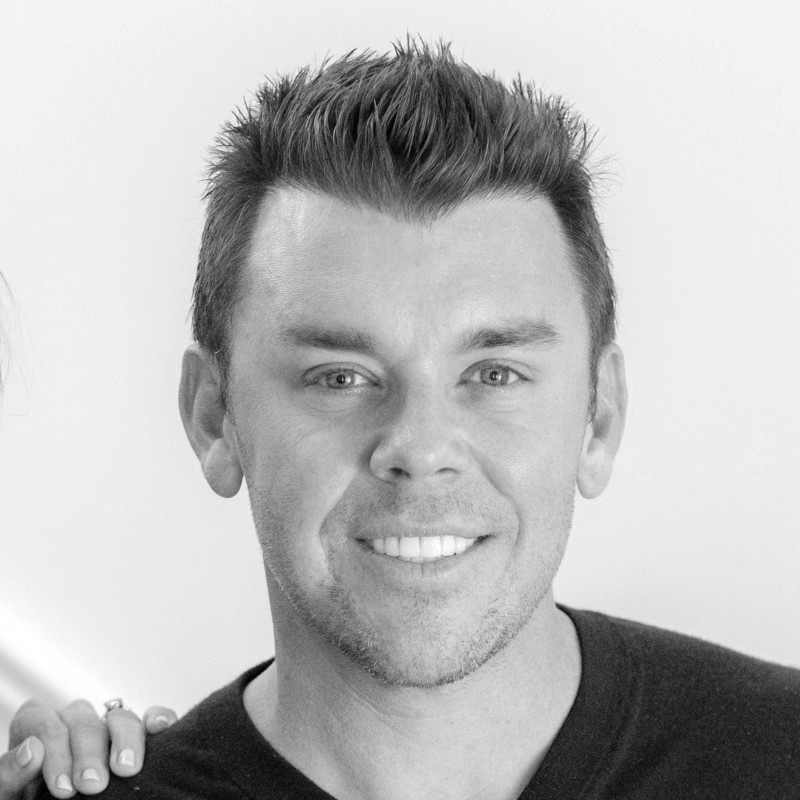The company in question, Byte, delivers customized dental aligner kits right to people’s homes. My team and I knew that the idea had legs—or teeth—when we first sat down to write a business plan, and we were able to execute on it at a time when the market had a real need.
The do-it-yourself, at-home market was booming even before the COVID-19 pandemic turned all of our homes into offices, classrooms, examination rooms, and gyms. But here are five key principles that apply at anytime, and that turned our six-figure investment into a ten-figure sale.
Read more of Blake Johnson’s thought leadership.
- We focused on what people wanted instead of focusing on what was possible. Focusing on what is possible is a trap I see a lot of entrepreneurs fall into. It makes sense when you think about it; after all, most entrepreneurs are passionate about innovation and innovation is all about pushing boundaries and trying things that have never been done before. The goal is usually monetary success. When we started Byte, we knew that at-home invisible aligners were innovative. It would have been easy to use that logic to justify a high price. Was it possible to charge a high price? Absolutely. Byte was providing a high-value service. But did the larger marketplace want to pay a high price? Absolutely not. Instead of producing a luxury product that only a small portion of the marketplace could afford, we chose to focus on what the marketplace wanted, and what they wanted was an affordable smile-straightening solution. We made sure to keep our unit economics in the black, but we sacrificed some margin in favor of volume, and as a result, sales skyrocketed.
- We kept our unit economics in the black. Byte offered affordable dental aligners, but we never sold them at a loss. From day one, we prioritized making our unit economics positive. We made money on every single set of aligners we sold. Recently, I have seen a lot of companies sell goods and services at a loss. They do this in favor of volume, assuming that once they sell enough units they will become profitable. At Byte, we took a much safer and much more reasonable approach by ensuring that Byte made money on every unit sold starting with the first one out the door. The thing is, if you make money on one unit sold, you are guaranteed to make money on a million units sold. Focusing on unit economics allowed us to scale Byte swiftly and dramatically, which was a huge part of our success.
- We fostered an emotional brand connection with both the Byte team and the Byte customer. Emotions are a powerful thing. In fact, humans often abandon logic in favor of their emotional responses. The key to fostering brand loyalty is tapping into that emotion. We built Byte to be an altruistic brand. As a company, we put a spotlight on how people deserve to have a smile they can feel confident in, and through our ByteCares program we gave out customized aligners to people who didn’t have the economic means to purchase a set for themselves. Early on, we identified and focused on how the service we provided changed and improved lives. This was something that both Byte employees and Byte customers latched onto. It resulted in incredibly passionate team members and outstandingly loyal and enthusiastic customers.
- We built a brand that spoke to the experience of our target consumer. While I certainly cannot take credit for all of the brilliant branding and marketing initiatives that were undertaken at Byte, I think it is important to highlight the impact of building a powerful brand with an authentic voice. When we started Byte the goal was to sell to millennials and Gen Z. As a market, those generations are price conscious, socially conscious, and in favor of breaking down long-accepted societal norms. If you visit the Byte site today, you will be met with a lot of diversity and a lot of personality. In 2019 we launched a campaign called “Don’t tell me to smile more” which spoke to the fact that many women are told “You should smile more!” in order to seem more attractive. The campaign exploded and was praised by women everywhere. We had recognized an experience that rarely gets recognized, and as a result our brand was celebrated. In aligning ourselves with what our target market experienced, we fostered excitement and loyalty.
- I delegated day-to-day tasks and kept my eyes on the horizon. At the beginning of Byte, I was involved in every area of the business. I was incredibly hands-on and knew how to do absolutely everything. Once we had our formula figured out, I did what many find hard to do and stepped away. I hired a CEO to take my place and I stopped tending to daily operations. Instead, I began circling the machine that I had built, identifying weak spots before they became evident to anyone else. I also keep my eye on the competitive landscape. With my eyes on the horizon, I was able to see obstacles coming from a mile away. Had I stayed head down, I could have run Byte straight into a brick wall.
Learn about Byte’s approach to health and wellness.
In order to have a successful business, you need a strong business model, a large and underserved target market, and an authentic brand. Bringing all three of those elements together is challenging, but if you can crack that code then you are more likely to enjoy success.
Building, scaling, and selling Byte was the culmination of decades of entrepreneurial experimentation and experience, but the foundation of our success is rooted in the principles listed above. Who knows, a billion-dollar future could await you too.















































